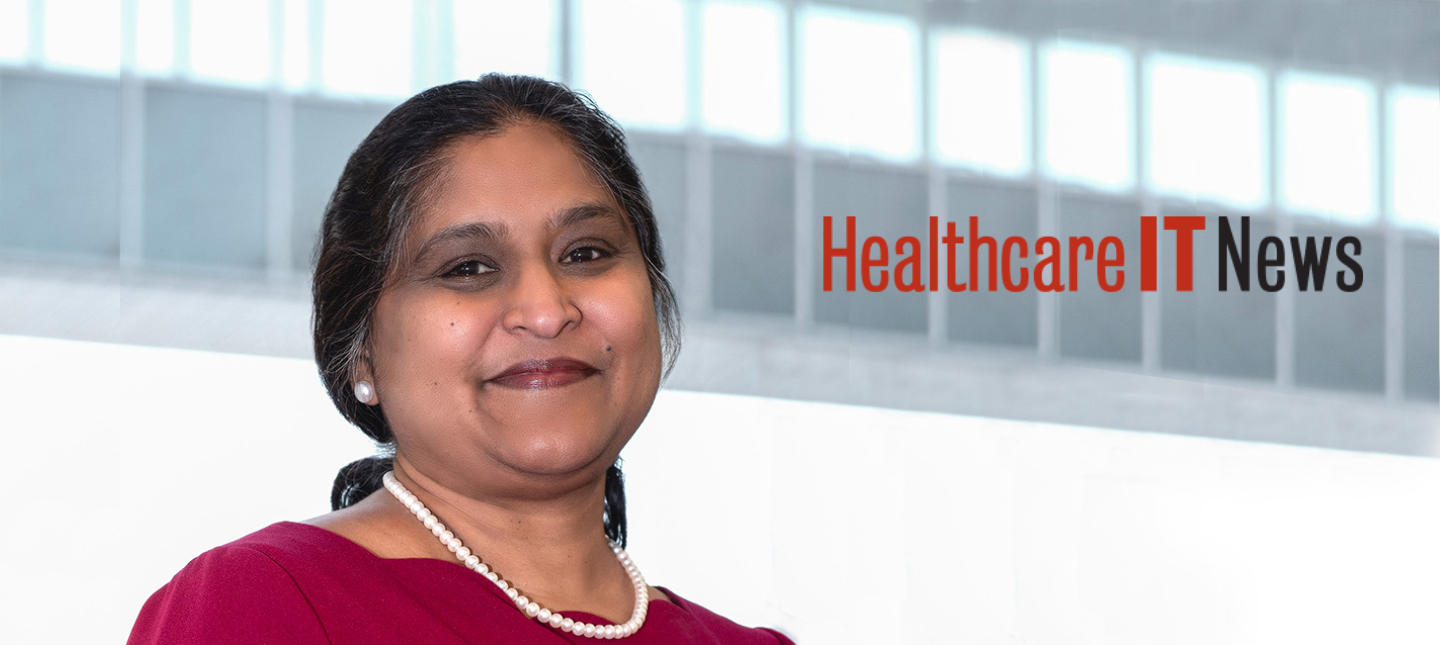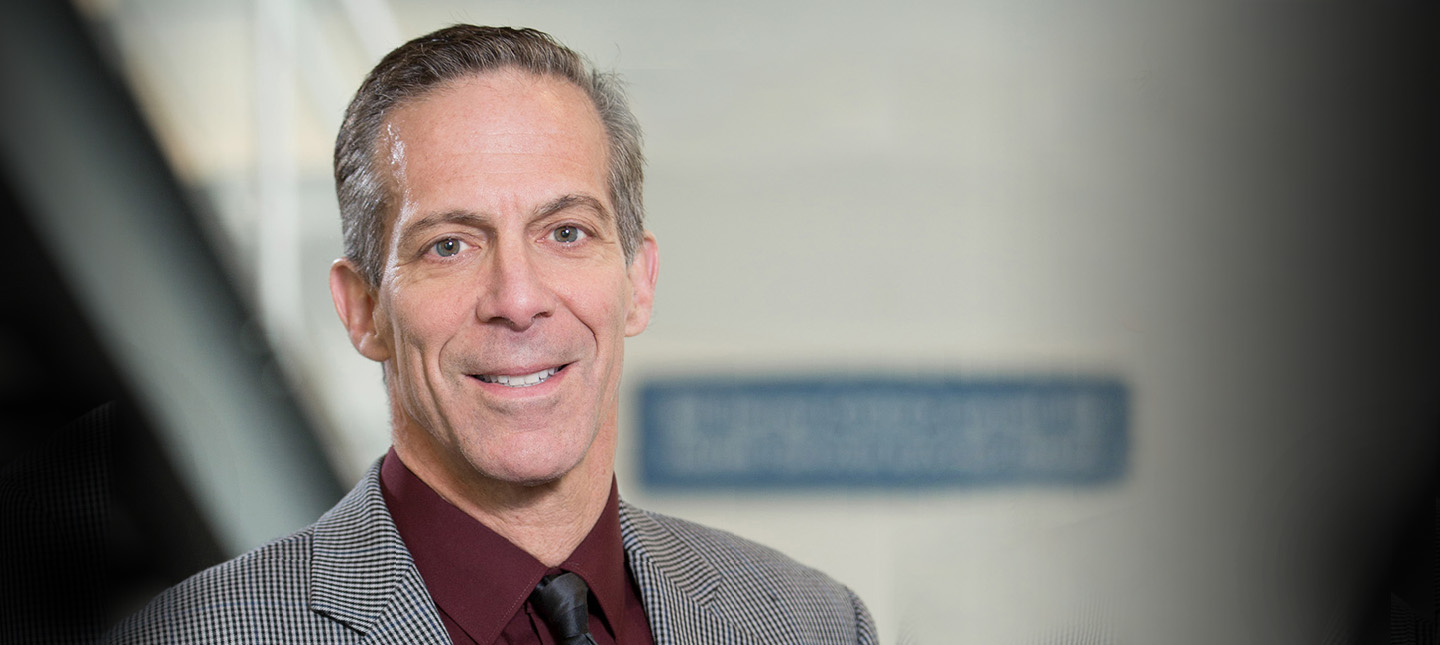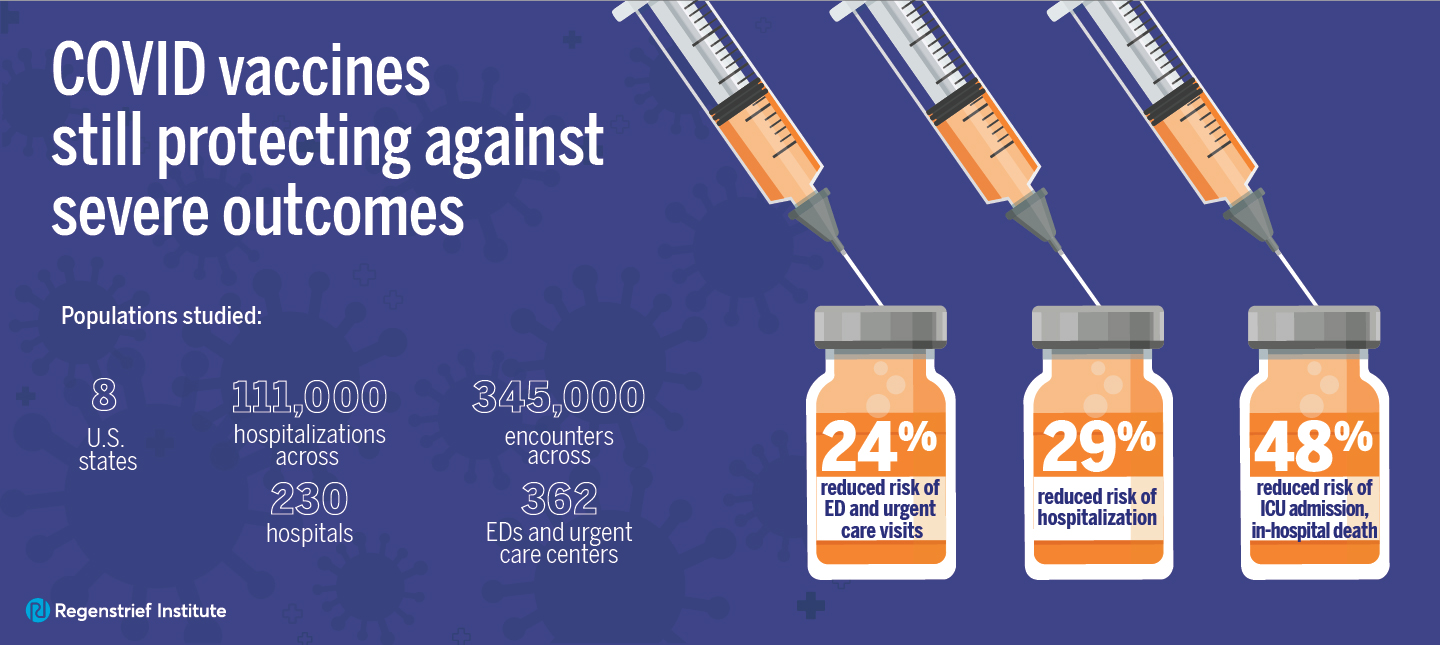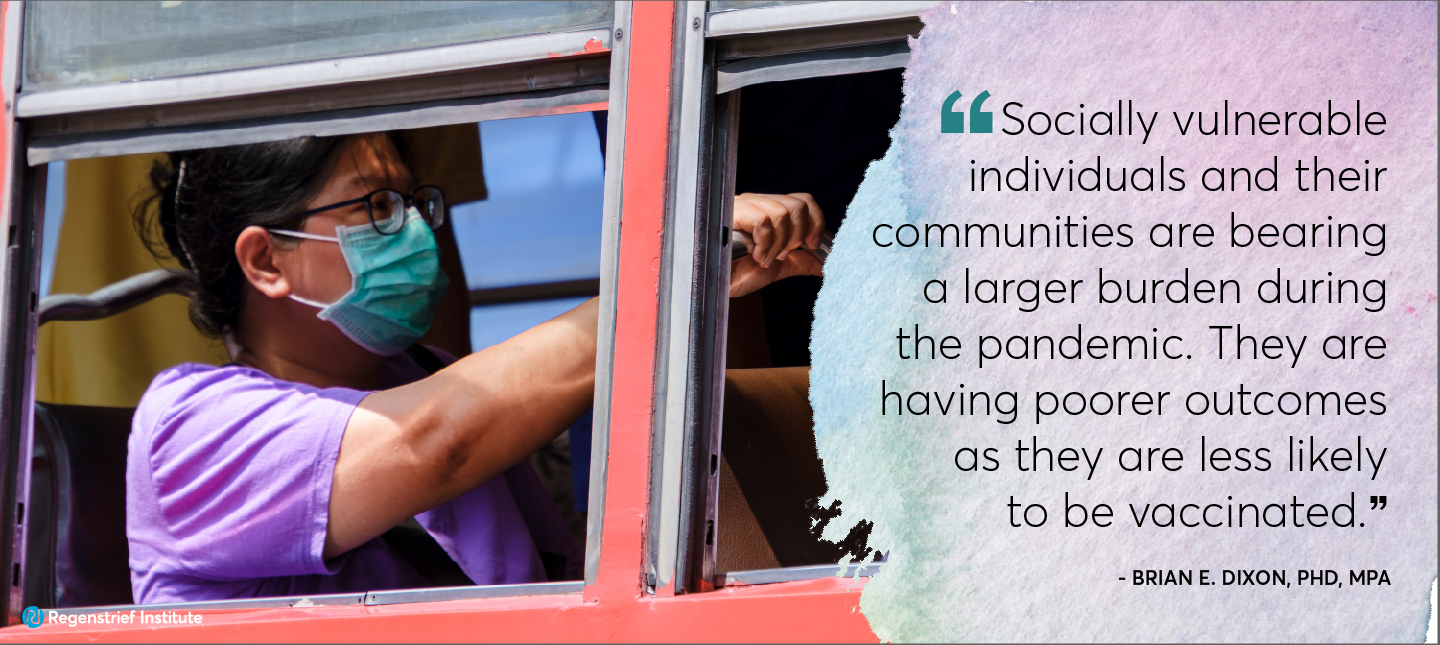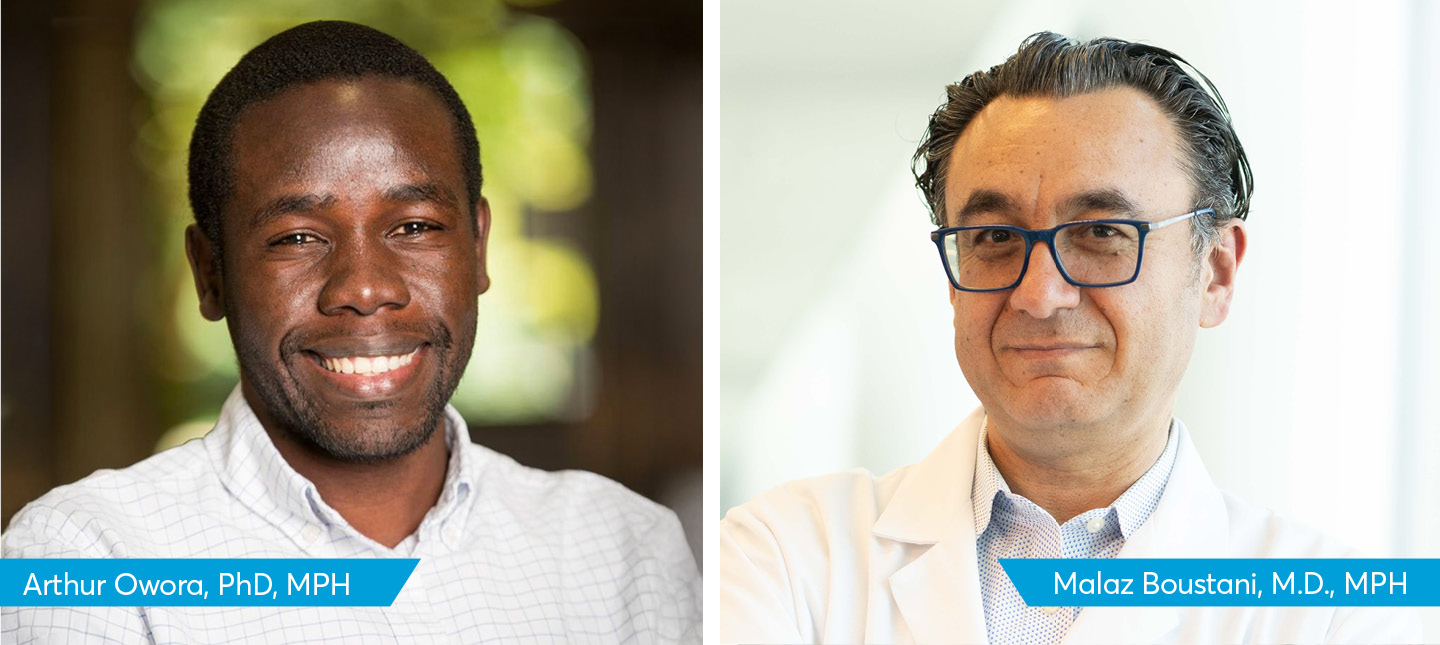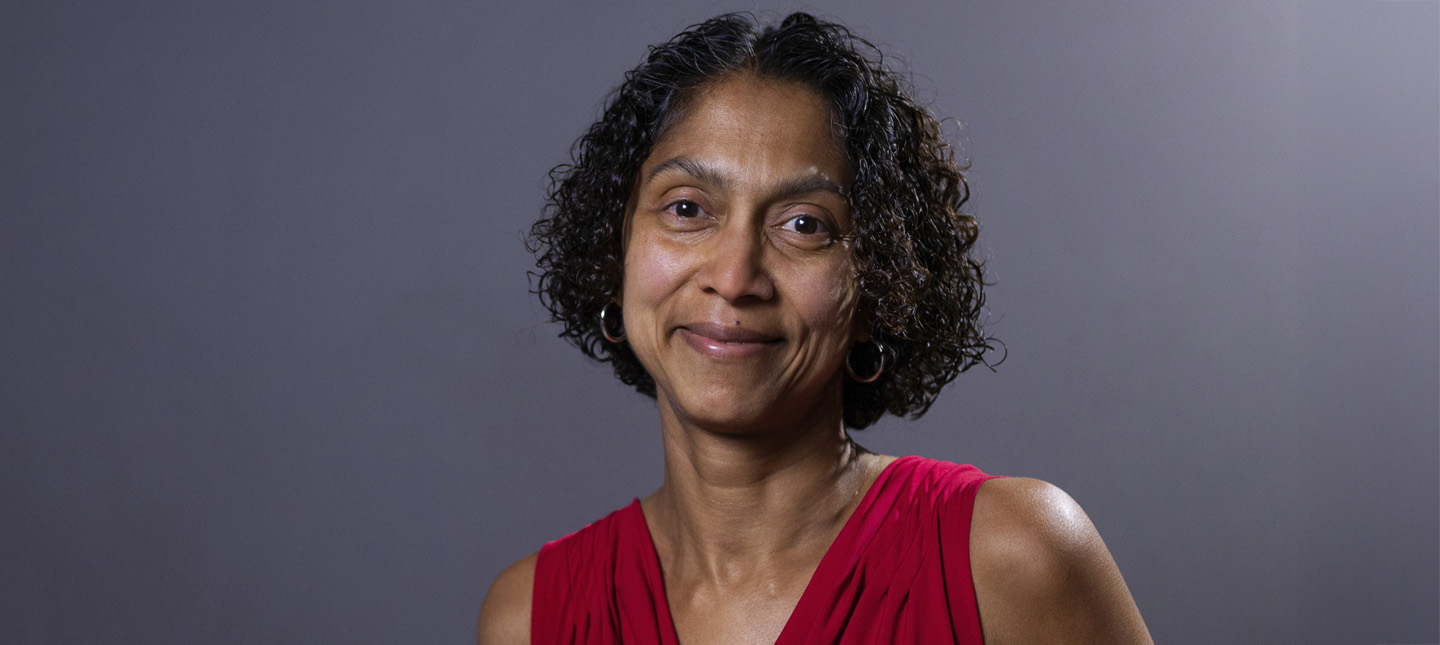The burden of the pandemic has disproportionately affected socially vulnerable populations. One of the first studies to look at the intersection of social vulnerability with COVID-19 vaccine utilization and effectiveness has found that while vaccination rates have varied substantially between socially vulnerable and communities that are not socially vulnerable, there has been no difference in vaccine effectiveness between those who are socially vulnerable and those who are not.
“We found that protection against emergency room and urgent care center visits, hospitalization and death conveyed by a COVID-19 mRNA vaccination did not vary by social vulnerability,” said study co-author Brian Dixon, PhD, MPA. “But because social vulnerability did play a role in whether individuals are vaccinated or not — and socially vulnerable communities have lesser vaccine coverage — socially vulnerable individuals and their communities are bearing a larger burden during the pandemic. They are having poorer outcomes as they are less likely to be vaccinated.”
In the study, conducted by the U.S. Centers for Disease Control and Prevention’s VISION Network, social vulnerability was calculated using the CDC and Agency for Toxic Substances and Disease Registry Social Vulnerability Index, which captures 15 attributes across four themes:
- socioeconomic status
- household composition and disability
- minority status and language
- housing type and transportation
Calculation of the social vulnerability index produces a number that can be used to determine how vulnerable a community might be in time of crisis, such as a natural disaster or a pandemic.
This study evaluated electronic health record (EHR) data and immunization records from adults age 18 and older.
“Socially vulnerable individuals may live in densely populated buildings and neighborhoods, travel via crowded public transportation and often hold jobs that are not conducive to remote work. So, they are more susceptible to catching COVID,” said co-author Katie Allen, B.S., a data scientist with Regenstrief Institute. “And they may not have the resources to seek medical care when they are getting sick, leading to adverse medical outcomes.”
“Initial COVID-19 vaccination coverage remains lower in communities with higher social vulnerability and booster rates are even lower,” said Dr. Dixon. “This study shows the need to focus public health efforts on vaccine coverage as well as vaccine effectiveness.”
The VISION Network is a research network that evaluates COVID-19 vaccine effectiveness across diverse populations and geographic areas. VISION includes seven organizations that contribute and analyze data from U.S. healthcare systems to learn more about COVID-19. In addition to Regenstrief Institute, other members are Columbia University Irving Medical Center, HealthPartners, Intermountain Healthcare, Kaiser Permanente Northern California, Kaiser Permanente Northwest and University of Colorado.
“Relationships between social vulnerability and COVID-19 vaccination coverage and vaccine effectiveness” is published in the peer-reviewed journal, Clinical Infectious Diseases. Regenstrief authors, in addition to Dr. Dixon and Ms. Allen, are Shaun Grannis, M.D., M.S.; William F. Fadel, PhD; Nimish Ramesh Valvi, DrPH, MBBS; and former Institute president and current affiliated scientist Peter Embi, M.D.
Authors and affiliations
Alexandra F Dalton 1, Zachary A Weber 2, Katie S Allen 3 4, Edward Stenehjem 5, Stephanie A Irving 6, Talia L Spark 2, Katherine Adams 1, Ousseny Zerbo 7, Victoria Lazariu 2, Brian E Dixon 3 4, Kristin Dascomb 5, Emily Hartmann 8, Anupam B Kharbanda 9, Toan C Ong 10, Malini B DeSilva 11, Maura Beaton 12, Manjusha Gaglani 13 14, Palak Patel 1, Allison L Naleway 6, Magdalene N Sam Kish 2, Shaun J Grannis 3 4, Nancy Grisel 5, Chantel Sloan-Aagard 8 15, Suchitra Rao 10, Chandni Raiyani 13, Monica Dickerson 1, Elizabeth Bassett 2, William F Fadel 3 4, Julie Arndorfer 5, Juan Nanez 8, Michelle A Barron 10, Gabriela Vazquez-Benitez 11, I-Chia Liao 13, Eric P Griggs 1, Sarah E Reese 2, Nimish R Valvi 3, Kempapura Murthy 13, Elizabeth A K Rowley 2, Peter J Embi 3 16, Sarah Ball 2, Ruth Link-Gelles 1, Mark W Tenforde 1
1Centers for Disease Control and Prevention COVID-19 Response Team, Atlanta, Georgia, USA.
2Westat, Rockville, Maryland, USA.
3Center for Biomedical Informatics, Regenstrief Institute, Indianapolis, Indiana, USA.
4Fairbanks School of Public Health, Indiana University, Indianapolis, Indiana, USA.
5Division of Infectious Diseases and Clinical Epidemiology, Intermountain Healthcare, Salt Lake City, Utah, USA.
6Center for Health Research, Kaiser Permanente Northwest, Portland, Oregon, USA.
7Kaiser Permanente Vaccine Study Center, Kaiser Permanente Northern California Division of Research, Oakland, California, USA.
8Paso del Norte Health Information Exchange (PHIX), El Paso, Texas, USA.
9Children’s Minnesota, Minneapolis, Minnesota, USA.
10School of Medicine, University of Colorado Anschutz Medical Campus, Aurora, Colorado, USA.
11HealthPartners Institute, Minneapolis, Minnesota, USA.
12Department of Biomedical Informatics, Columbia University Irving Medical Center, New York, New York, USA.
13Baylor Scott & White Health, Temple, Texas, USA.
14Texas A&M University College of Medicine, Temple, Texas, USA.
15Brigham Young University Department of Public Health, Provo, Utah, USA.
16Vanderbilt University Medical Center, Nashville, Tennessee, USA.
About Brian E. Dixon, PhD, MPA
In addition to his roles as interim director of the Regenstrief Institute’s Clem McDonald Center for Biomedical Informatics and director of public health informatics for Regenstrief Institute and Indiana University Richard M. Fairbanks School of Public Health, Brian E. Dixon, PhD, MPA is a professor of epidemiology at the Fairbanks School of Public Health. He is also an affiliate scientist at the U.S. Department of Veterans Affairs Health Services Research and Development Center for Health Information and Communication, Richard L. Roudebush VA Medical Center.
About Katie Allen
Katie Allen is a data scientist at Regenstrief Institute, adjunct faculty at Indiana University Richard M. Fairbanks School of Public Health (FSPH) and a doctoral student in health policy and management at FSPH. She has experience as a senior program manager in health services research at the Richard L. Roudebush VA Medical Center and as a program manager for LOINC® from Regenstrief (short for Logical Observation Identifiers Names and Codes), a worldwide healthcare data interoperability standard used in nearly every country in the world.
About Regenstrief Institute
Founded in 1969 in Indianapolis, the Regenstrief Institute is a local, national and global leader dedicated to a world where better information empowers people to end disease and realize true health. A key research partner to Indiana University, Regenstrief and its research scientists are responsible for a growing number of major healthcare innovations and studies. Examples range from the development of global health information technology standards that enable the use and interoperability of electronic health records to improving patient-physician communications, to creating models of care that inform practice and improve the lives of patients around the globe.
Sam Regenstrief, a nationally successful entrepreneur from Connersville, Indiana, founded the institute with the goal of making healthcare more efficient and accessible for everyone. His vision continues to guide the institute’s research mission.
About the Richard M. Fairbanks School of Public Health
Located on the IUPUI and Fort Wayne campuses, the Richard M. Fairbanks School of Public Health is committed to advancing the public’s health and well-being through education, innovation and leadership. The Fairbanks School of Public Health is known for its expertise in biostatistics, epidemiology, cancer research, community health, environmental public health, global health, health policy and health services administration.
